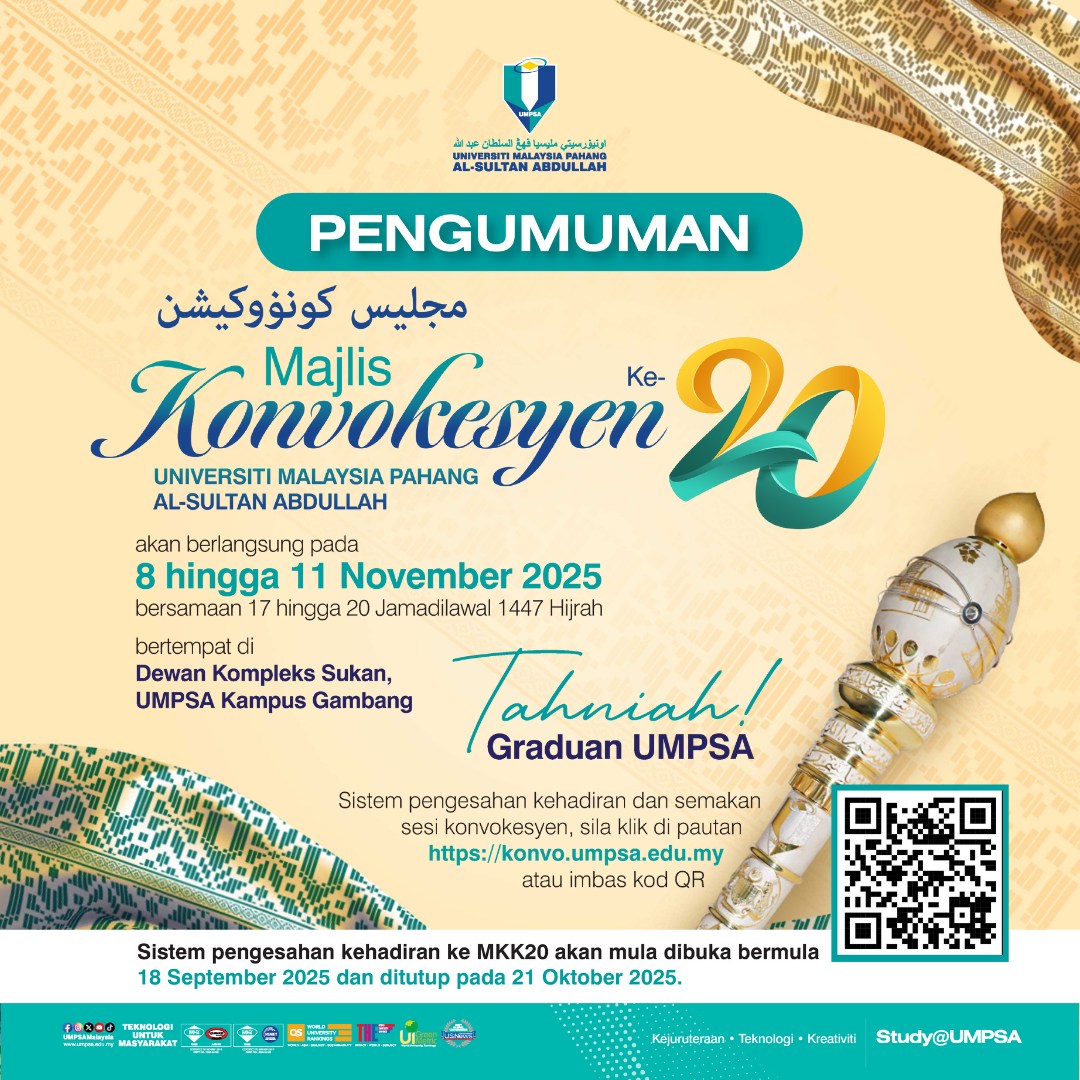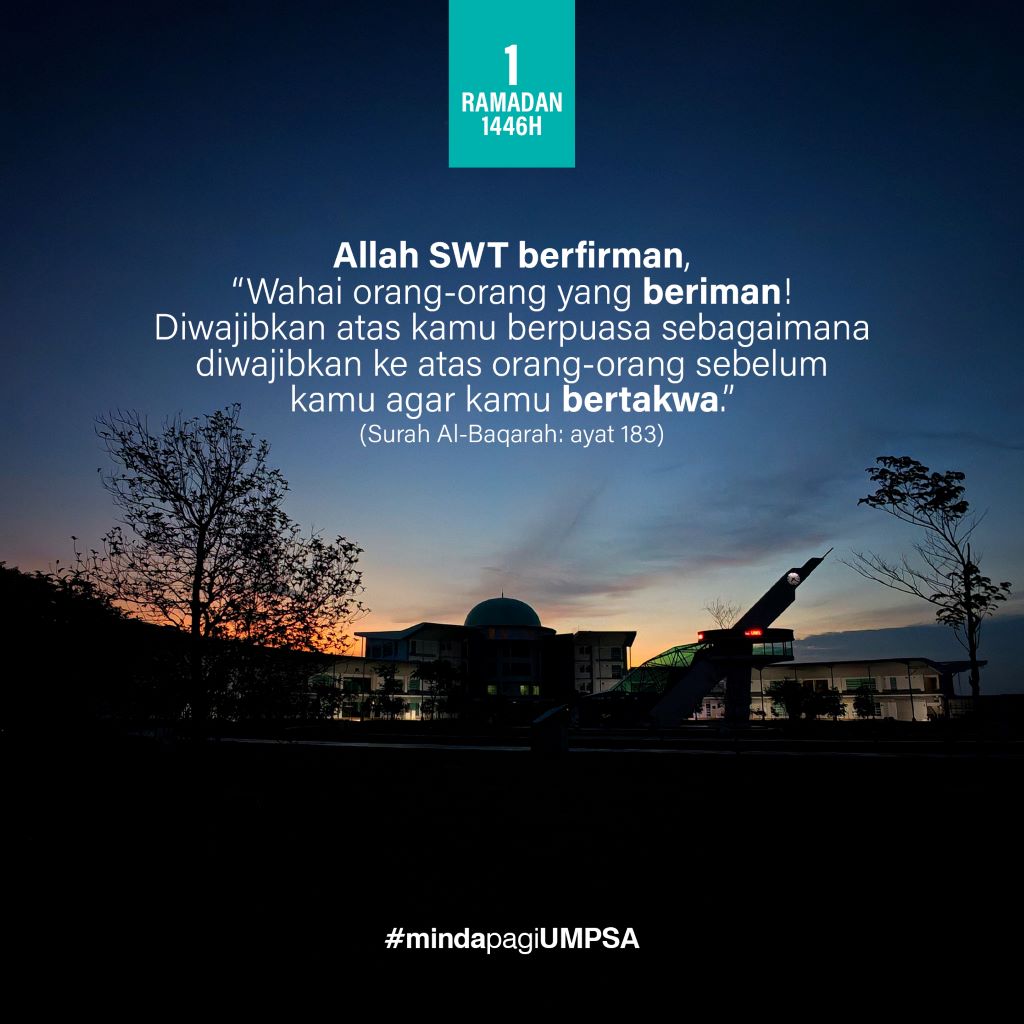The trend of 3D Printing in higher TVET skill level
Additive Manufacturing is a recent trend in production processes owing to its many benefits around the globe. It can be defined as the process of producing parts through the deposition of material in a layer-by-layer technique. It has been the most searchable and research topic by various researchers since the year 2000 up to now. According to Frost and Sullivan the value of additive manufacturing is expected to grow at a rate of 15% from US$5.31 billion in 2015 to US$21.50 billion in 2025. The industries that are going to contribute 51% by 2025 are aerospace, automotive, and medical industries.
The 2015 Wohler report stated that a lot of new technology had been evolved in material production for metal printing in the past ten years compared with plastics. SmarTech Markets Publishing reported that metal printing machines sales grew a significant amount of 89 percent over the past year, as 3D printing becoming manufacturing purpose.
To accommodate the recent trend, UMP manages collaboration with Qatar University to secure a grant on Qatar National research fund. The total award is RM 3.2 Million, whereas UMP obtained RM160,000 from the award. The main objective of the project is to investigate the potential of more flexible and lightweight Titanium Alloy femoral stems that can be manufactured using Direct Metal Laser Sintering (DMLS). Fully porous and functionally graded design will be utilized to develop a novel pore cellular structure with compressive properties that are similar to human bone.
A 3D finite element model will be developed to study and compare the load transfer to the periprosthetic femur when implanted with femoral stems offering different stiffness configurations. Besides this, fatigue and static testing will be done on the fabricated design to study the performance under static and fatigue loading. Factors affecting the manufacturability and production of the femoral stem through DMLS will also be investigated.. Total Hip Arthroplasty (THA) is a common hip replacement procedure. Due to the mismatch of material stiffness between the bone and implant, loosening of the implant is possible and there are many patients that had to redo the surgery because of the excruciating pains.
As such, a novel material design for the hip femoral stem is needed to reduce the mismatching of material stiffness. The solution is by using additive manufacturing. Besides this, additive manufacturing will give the surgeon the freedom to customize the hip femoral implant based on the patience anatomical data/measurements. This project quite essential to produce a printing implant for the patient. The market for implant products is a surplus increase in the current trend. The project is successfully completed, and this is a steppingstone for UMP to involved in additive manufacturing. Figure 1 shows that various IPTA involved in this additive manufacturing. Figure 2 show the one of the successful printed hip femoral implant by additive manufacturing in Universiti Malaysia Pahang (UMP) with collaboration with KKTM Kuantan and Qatar University.

Figure 1. Top higher institutions in Malaysia based on number of project related to 3D printing process between the year of 2000 to 2019.
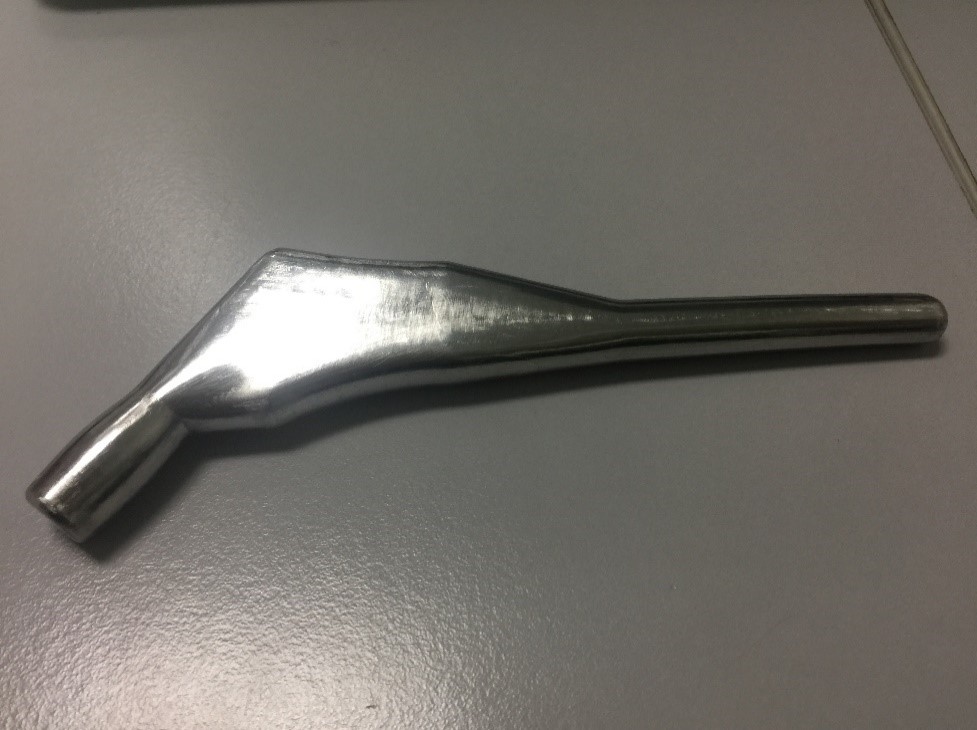
Figure 2: Successful printed hip femoral implant
The skill and higher level of learning in additive manufacturing can be included in a national agenda on the TVET. This skill can enhance the country's requirement for high skill workers. The product that produces from this 3D printing can be imported or used in internal demand. Malaysia should focus on this area more critically and teach the young generation on this skill. There are three critical subjects to be targeted by higher-level TVET skill for 3D printing process which is as shown in Figure 2;
1. Type of 3D printing processes
2. The software used for interaction with 3D printers
3. Variety of raw materials.
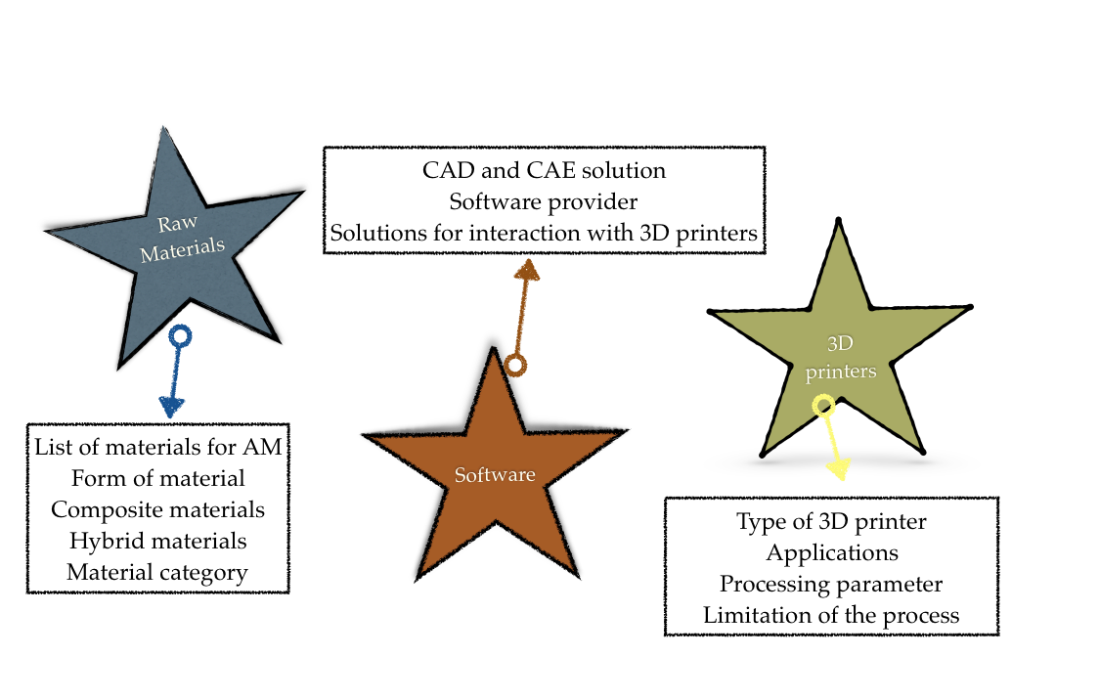
Figure 2: Potential subjects of 3D printing processes for higher level TVET skill.
A highly trained additive manufacturing (AM) workforce will need to be skilled in the following multidisciplinary methods:
1. Computer Aided Design (CAD)
Computer-aided design (CAD) is the foundation of AM since the yield from the 3D demonstrating programming to make or recreate the geometric structure. That is the reason spatial item configuration is one of the most basic aptitudes in AM — structuring, adjusting or improving a current 3D model.
2. Design thinking
AM manufactures (or prints) from CAD models by including materials layer by layer. This procedure is an altogether different methodology from most conventional types of assembling, which expel or subtract material to frame the ideal shape. AM liberates creators from this large scale manufacturing outlook. The layer-based added substance nature takes into consideration higher degrees of customization and complex geometries. The most significant part of the plan for AM is to recognize and exploit the instruments (generative structure, topology advancement, union or cross-section structures).
3. Critical thinking and soft skills
Finally, the focus on hands-on technical skills, the overall level of critical thinking and problem-solving skills involved in the entire manufacturing process should not be overlooked. Likewise, the value of interpersonal skills such as communication, collaboration, and leadership abilities are equally important factors for AM workforce.
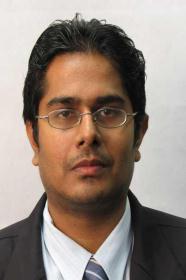

Prepared by: Prof Madya Ir.Ts.Dr Kumaran Kadirgama & Prof Madya Ir. Dr. Wan Sharuzi Wan Harun. Email : kumaran@ump.edu.my and sharuzi@ump.edu.my
- 811 views



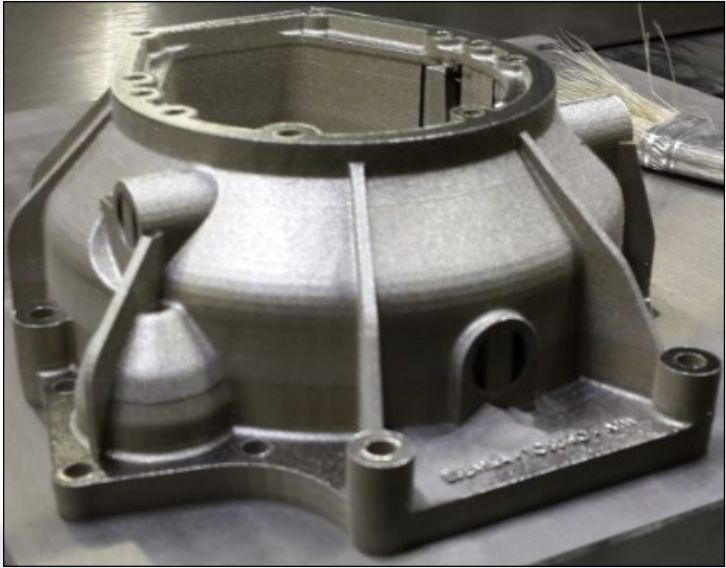
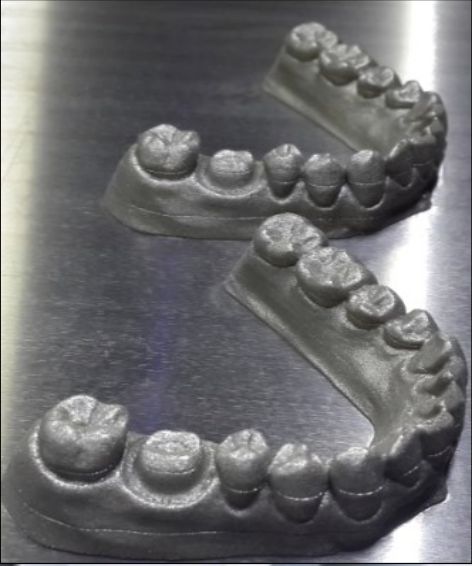


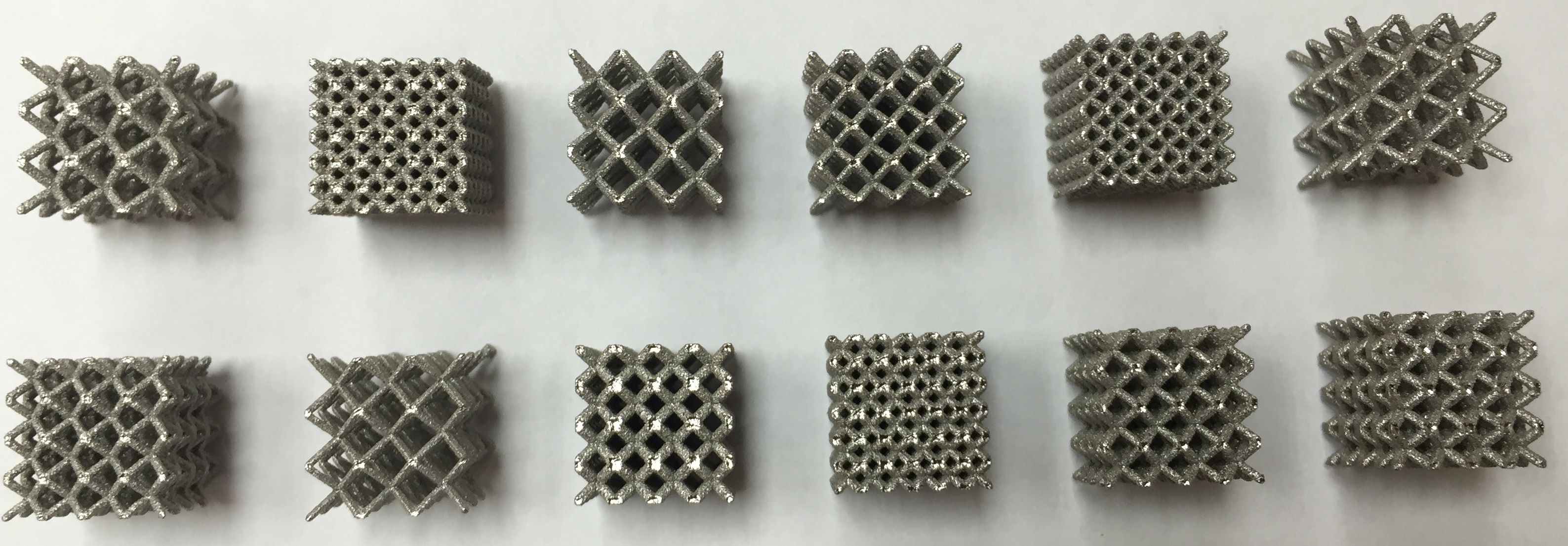
 Reports by:
Reports by: 




